A Guide to Types of Cow Milk
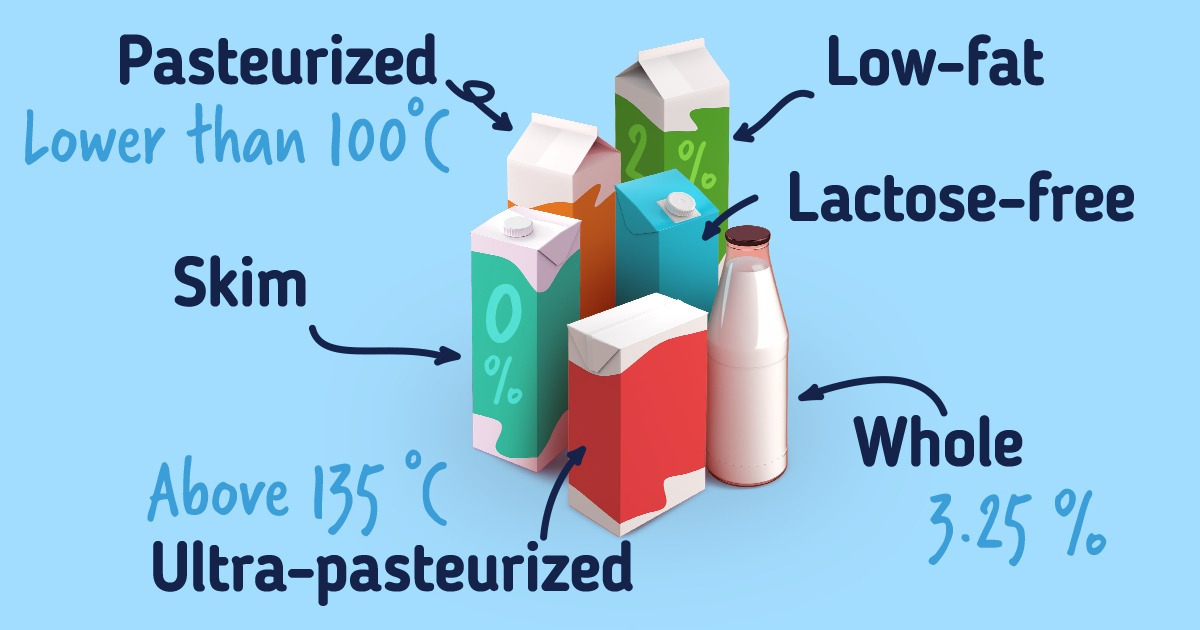
All kinds of cow milk are equally good for you and contain the same nutrients: proteins, fat, carbs, calcium, vitamins A, D, B12, and others. The only difference between them is the amount of fat, the kind of thermal processing, the presence or absence of lactose, and also the form of production — dry or liquid.
5-Minute Crafts is going to tell you about all kinds of cow milk and how they are different.
1. Whole milk
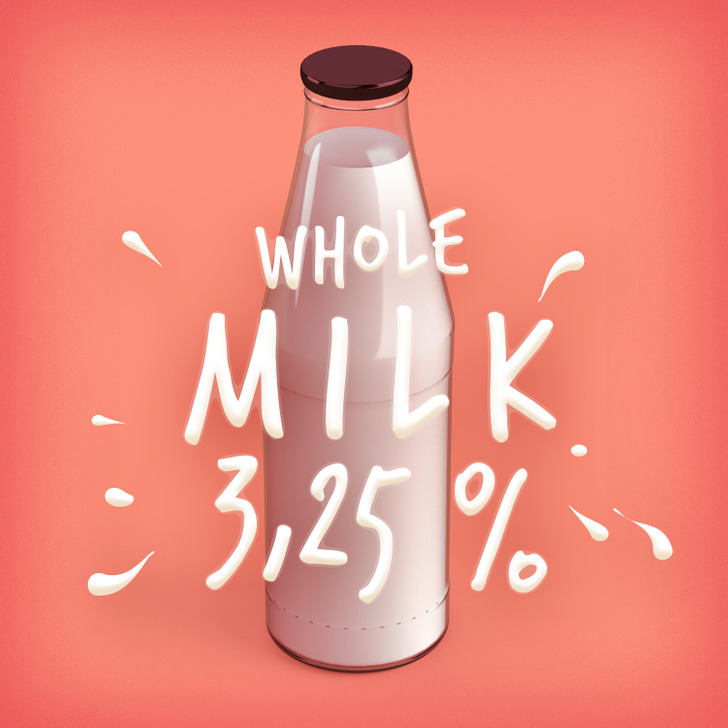
Whole milk contains the most fat — at least 3.25 %. It’s called “whole” because the fat is not removed from it and vitamin A is not added, unlike other kinds of milk with less fat. Besides, whole milk has a creamier and richer taste than any other.
Children from 1 to 2 years old should be given whole milk, not skim milk. This is because they need extra energy, fat, and vitamin A which are important for the growth and development of their bodies.
2. Low-fat milk
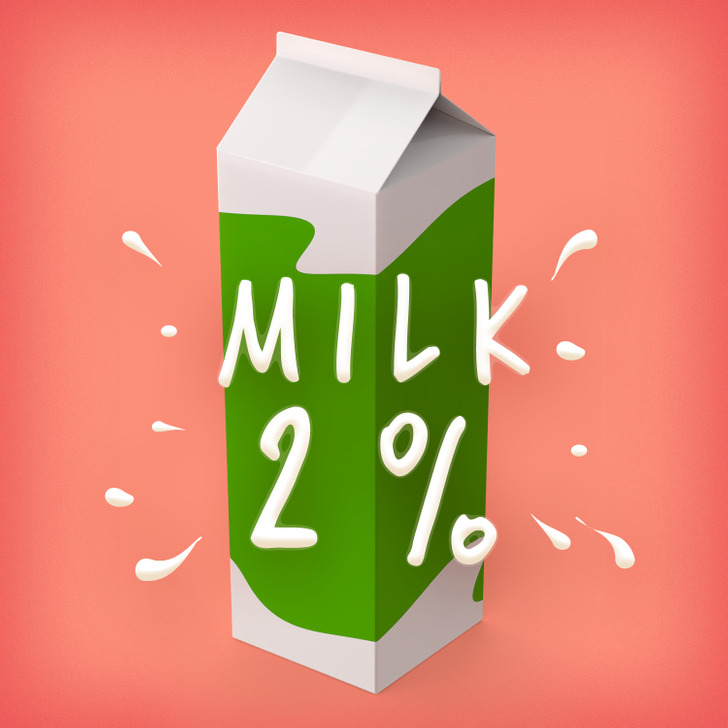
This is how low-fat milk is produced: all of the cream is removed. This is done via a cream separator that uses centrifugation. Then, the cream is added back to the milk to reach the right butterfat concentration. So, you can get the necessary concentration, such as 2.5%, 2%, or 1%.
Low-fat milk is still real cow milk. The only difference is the amount of fat that you can choose based on your preferences and diet.
3. Skim milk
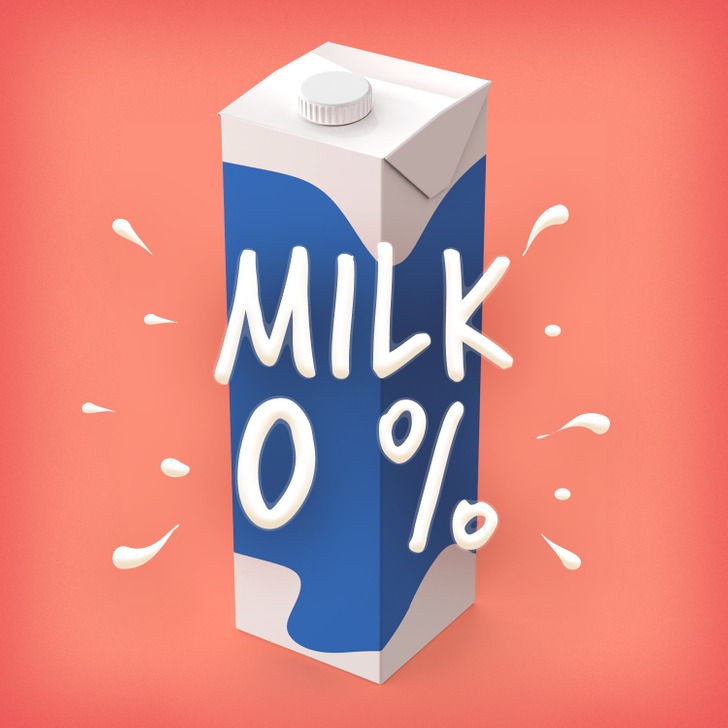
Skim milk is produced the same way as low-fat milk but the difference is that cream is not added. The number of calories in this milk is much lower and the taste is a little different. But it’s the perfect kind of milk if you want to lose extra weight.
4. Pasteurized milk
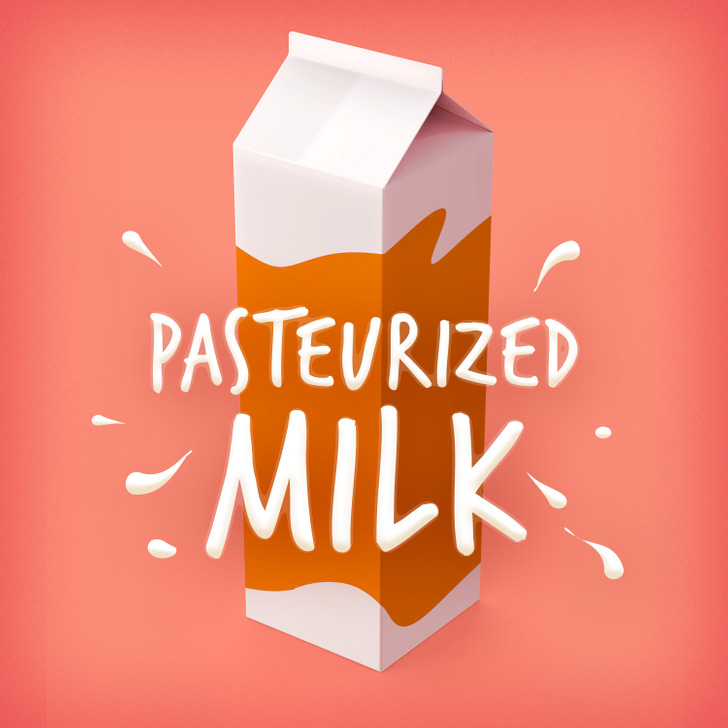
Pasteurization is a light thermal treatment of liquids, like juices and milk, that removes pathogens, like E. coli and listeria. The liquid is heated up to less than 100°C for 15 seconds.
The process was named after the French microbiologist, Louis Pasteur, whose research in the 1860s demonstrated that thermal processing would deactivate unwanted microorganisms in liquids. Today, this method is widely used in milk production. Any milk you find in supermarkets is pasteurized. You can only buy fresh milk from farmers but it might be dangerous for your health.
5. Ultra-pasteurized milk
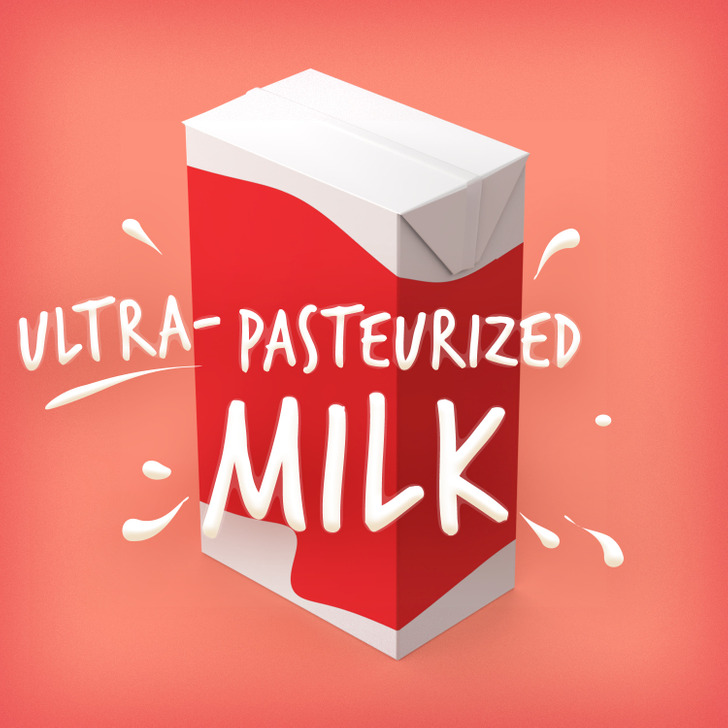
During ultra-pasteurization, liquids are heated up to 135°C for 2-5 seconds. This temperature destroys all of the bacteria.
This milk can be stored outside the fridge for 6-9 months but the taste and smell of the milk might change.
6. Lactose-free milk
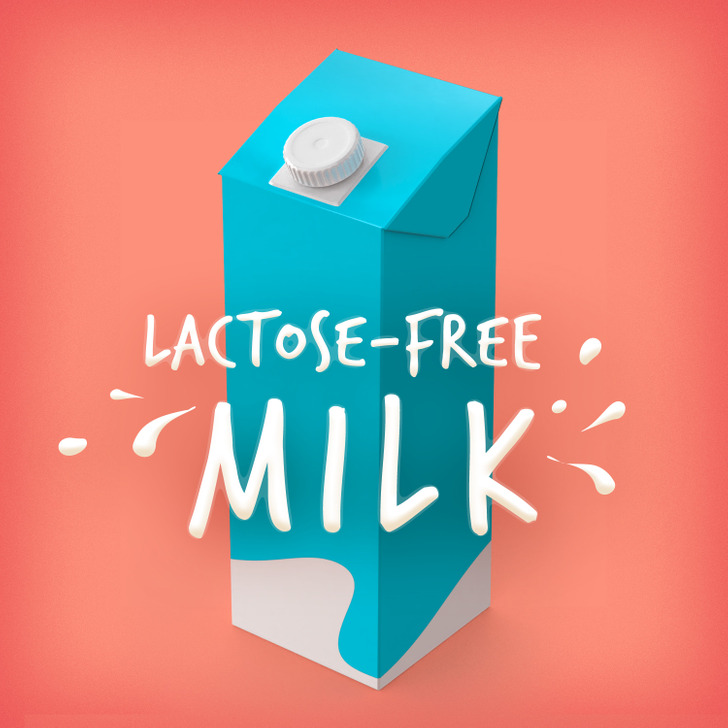
Lactose is the natural sugar found in milk and many other dairy foods that are made from milk. The body makes a natural enzyme called lactase to help digest lactose. But some people’s bodies don’t produce enough lactase. So, it’s hard for the body to digest milk which might lead to unpleasant symptoms. This is called lactose intolerance and there’s special lactose-free milk for people who experience these symptoms.
Regular milk goes through filters that remove up to 40% of the lactose from it. After that, lactase is added that breaks down lactose into glucose and galactose. So, you get lactose-free milk that is easier for the body to digest.
7. Dry milk
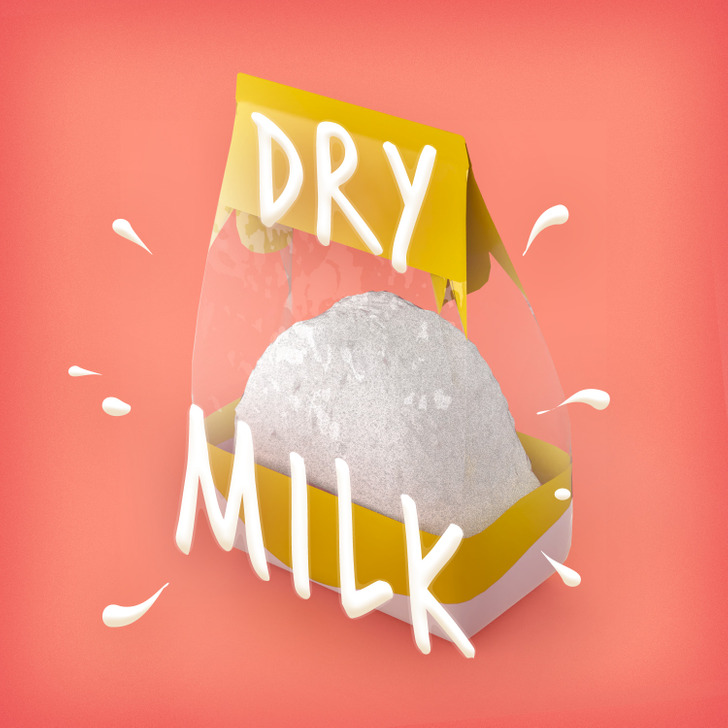
Dry milk is produced by evaporating milk until it’s dry. What you get is a sweet white powder that can be stored for a much longer time than regular milk. Because there’s no liquid, it doesn’t need to be cold which makes it easier to transport.
Dry milk is often used in baby formulas, pastries, and confectioneries. Dry milk is great when you need milk but can’t store it like, for example, when going camping.